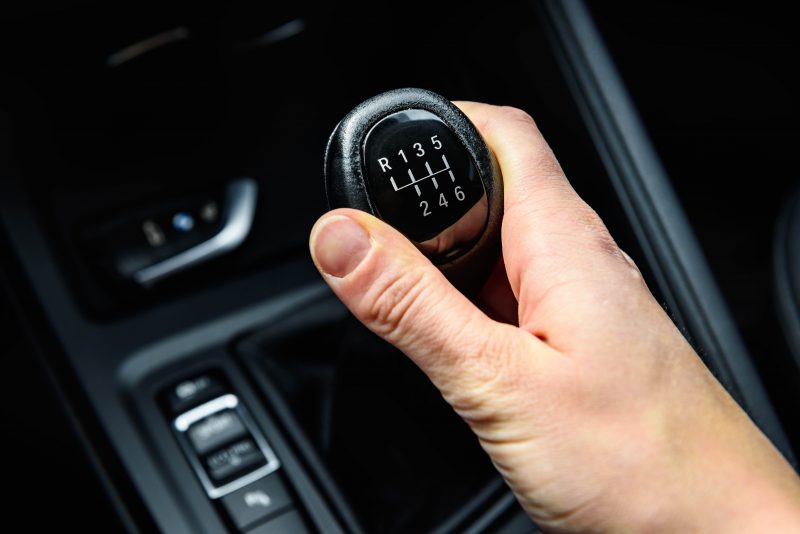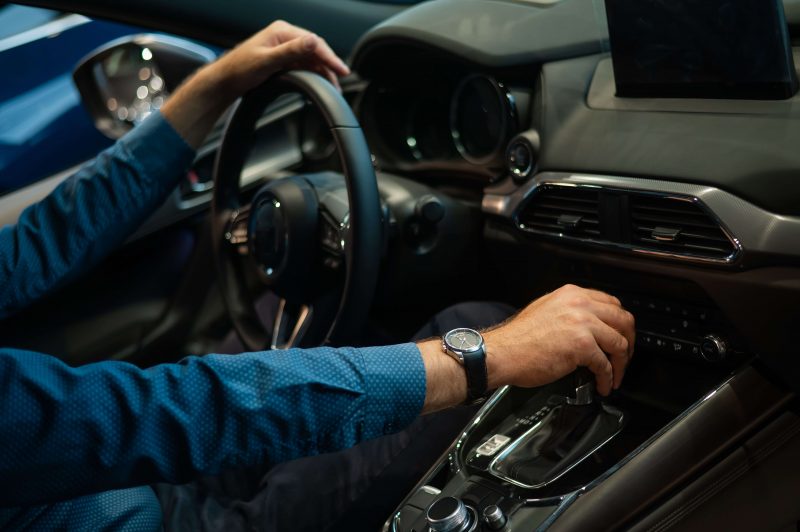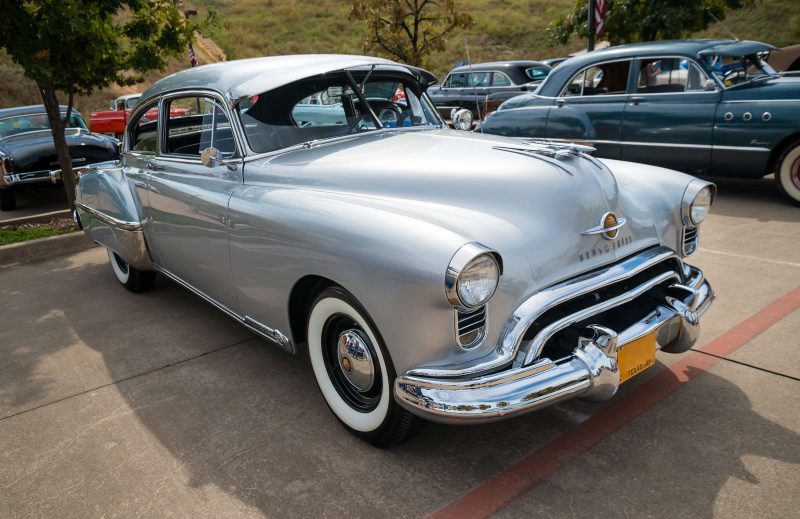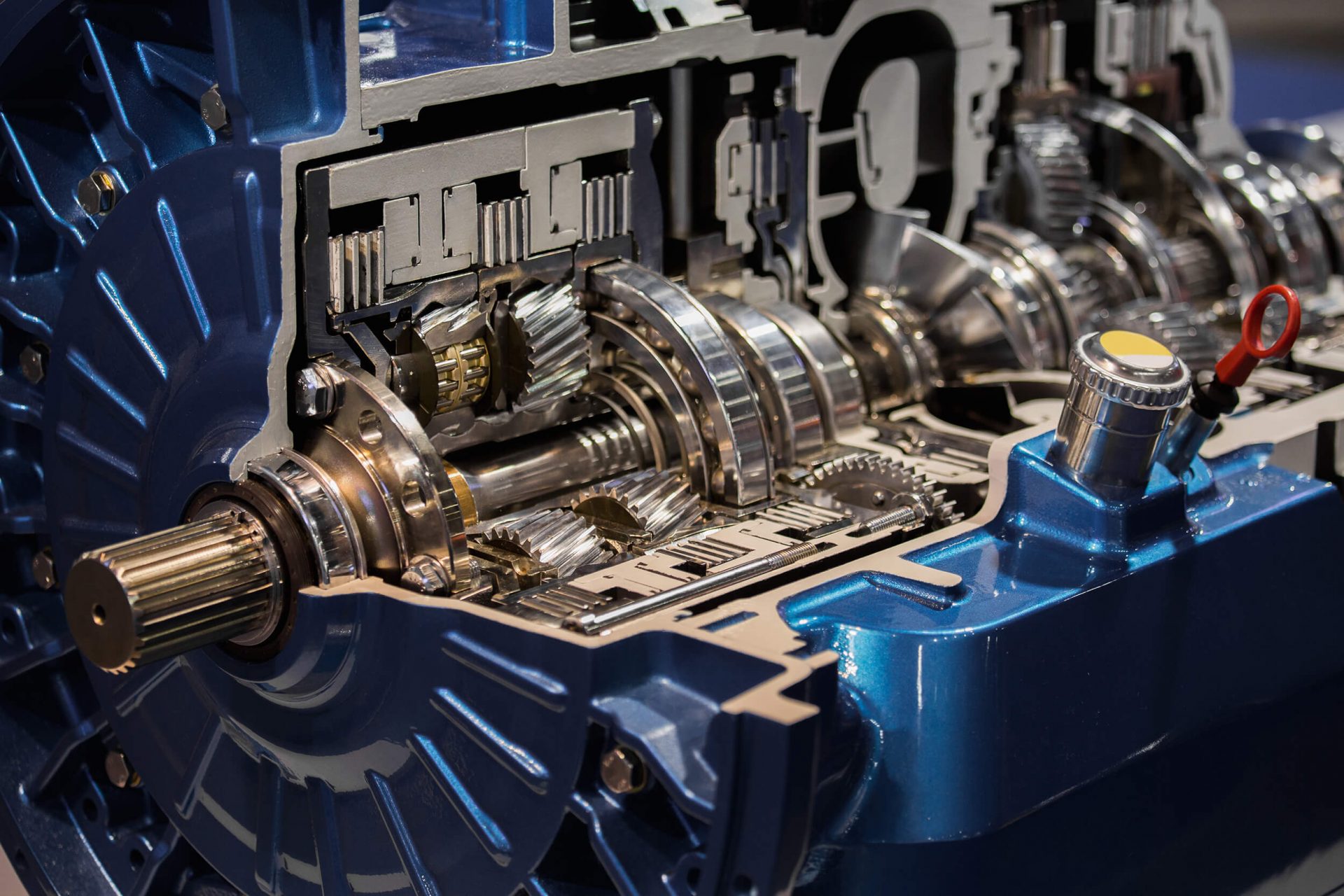Greetings and salutations, friends. In today’s episode (er, post) we veer a bit away from things modern, progressive, and innovative to focus on a bit of automotive history. Because, in truth, it is the history of automobiles itself that leads to and therefore allows for current day innovations. To fully understand where we are in the world of cars, trucks, and SUV’s, sometimes it’s both necessary and nice to take a peek back into our roots. Which is precisely what we will do in this article.
Use eTags© to Quickly Complete Your DMV Service. Renewals, Title Transfers and More, All Online!
Buckle up, kids. Time for a history lesson!
Today we dive into the beginnings of the automatic transmission. But to put into perspective what an advancement the automatic transmission was, we first need to take a look at what came first. It was, of course, preceded by the manual transmission. The very first motor vehicles came with only one option called a rear-engine setup. These cars were manufactured with one gear, and no ability to shift to a higher or lower speed.
Then, in the late 1800’s, two French innovators – Louis-Rene Panhard and Emile Levassor – introduced the first multi-gear transmission. The vehicles bearing this new system (which was patented in 1894) sported a “sliding mesh” design, a three-speed gear box that required the driver to switch gears manually. This system, however, allowed the shifting between gears and speeds.
Since this advent of this first multi-gear system, manual transmissions have undergone a massive development. From a single speed to a triple gear box, manual transmissions have evolved to the option of seven gears. In the year 2012, it was the luxury, performance vehicle manufacturer, Porsche, who introduced the seventh gear. And we have a feeling more may yet be rolled out in the coming years.

Now, why would anyone want to improve on a transmission that could ostensibly get you from 0 to 62 mph in 3.6 seconds? (We’re looking at you, Aston Martin!) If you’re in it for speed and acceleration, manual is the way to go, undoubtedly. But what about the folks who don’t go by the nickname “Speed Demon?” What about the people who don’t want to constantly be shifting gears or switching between the two left pedals?
There is a lot to be said about the ease of driving a vehicle with an automatic transmission.
In general, these cars are much simpler to use. Automatic cars sense the change in speed and the gears shift for you, thereby freeing up the mental and physical space of having to implement and adjust manually. They also are not likely to stall or roll down hills on their own the way manual transmission tend to do with novice drivers. In short, automatic transmissions are simpler to learn and to operate.
But when did our inventors and innovators realize this fact? Surprisingly early, actually. Back in 1904, two brothers from Boston – the Sturtevant brothers – attempted the first automatic transmission for their “horseless carriage.” It was a respectable effort at such an early stage in automotive history, but the prototype consistently failed to operate properly, and never fully came to fruition.

It wasn’t until 1921 that a Canadian steam engineer – Alfred Horner Munro – designed an automatic transmission using air pressure that showed promise. By 1923, he had patented his design, and by 1937 General Motors was using Munro’s air pressure transmission for all of their Oldsmobile, Buick, and Cadillac model cars. The drawback to using compressed air, however, was that it lacked the power that drivers and engineers were craving. Improvements were yet to be made.
In and around the same time period, two Brazilian engineers – Fernando Lehly Lemos and José Braz Araripe – clearly recognized the need for speed (long before Top Gun was even a twinkle in anyone’s eye) and invented the first hydraulic transmission in 1932. The American bigwigs at General Motors of course swept in and purchased the rights to this invention, eventually developing the Hydra-Matic transmission. This transmission was produced at a mass level by 1940, and largely supplied the tanks used during World War Two.
Oldsmobile adopted the Hydra-Matic transmission in 1940, Cadillac got on board in 1941, and Pontiac joined the cool kids club in 1948.
And yet, the general public was skeptical. Drivers were accustomed to the manual shifting of gears and could see no dire need to fork over the extra money for the cost of something that seemed unnecessary. In fact, GM resorted to a massive advertising campaign in order to convince folks of the benefits of opting for an automatic transmission. Over 1947 and 1948 they rolled out a promotional video that showed in theaters across the country. This commercial featured an all-new 1948 Oldsmobile Futuramic with its Hydra-Matic transmission, proclaiming the car as “Driving Magic.” And it seems that they must have been met with some success, as Oldsmobile rolled out a whopping 65, 235 vehicles that year.

These days, people need a lot less convincing to opt for an automatic transmission. In the past few years, automatic cars account for about 99% of all vehicles on the road in the United States. That number shifts a bit depending on rural versus urban areas, but the highest numbers we’ve seen in manual transmission sales is only about 1.7%.
Clearly, the Hydra-Matic was a dazzling success.
From humble beginnings in the early 1930’s to millions and millions of models manufactured and purchased since, we’d say the automatic transmission has really taken off. Or accelerated, if you will. (Wink, wink.)
We never play favorites, of course, but there you have it: a brief and concise history of today’s most popular type of transmission in America. And in case you’ve just acquired an automatic (or manual, for that matter) car, truck, or SUV, and need to title and/or register it….you’re in the right place. Head on over to our site and let us show you the way. Because here at eTags, we’re here to help!








